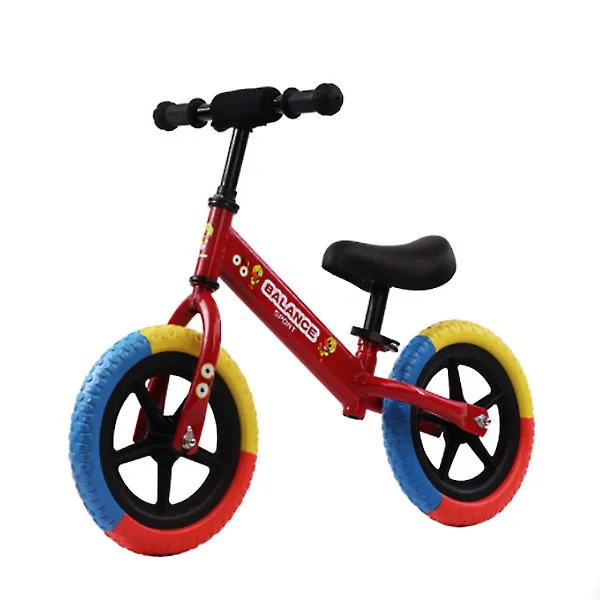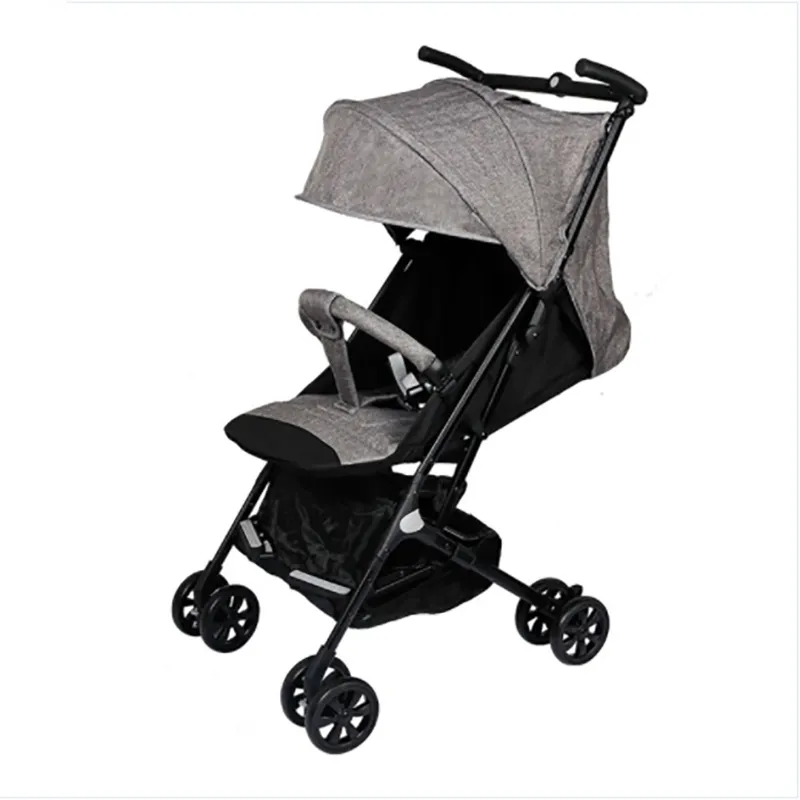
- Afrikaans
- Albanian
- Amharic
- Arabic
- Armenian
- Azerbaijani
- Basque
- Belarusian
- Bengali
- Bosnian
- Bulgarian
- Catalan
- Cebuano
- Corsican
- Croatian
- Czech
- Danish
- Dutch
- English
- Esperanto
- Estonian
- Finnish
- French
- Frisian
- Galician
- Georgian
- German
- Greek
- Gujarati
- Haitian Creole
- hausa
- hawaiian
- Hebrew
- Hindi
- Miao
- Hungarian
- Icelandic
- igbo
- Indonesian
- irish
- Italian
- Japanese
- Javanese
- Kannada
- kazakh
- Khmer
- Rwandese
- Korean
- Kurdish
- Kyrgyz
- Lao
- Latin
- Latvian
- Lithuanian
- Luxembourgish
- Macedonian
- Malgashi
- Malay
- Malayalam
- Maltese
- Maori
- Marathi
- Mongolian
- Myanmar
- Nepali
- Norwegian
- Norwegian
- Occitan
- Pashto
- Persian
- Polish
- Portuguese
- Punjabi
- Romanian
- Russian
- Samoan
- Scottish Gaelic
- Serbian
- Sesotho
- Shona
- Sindhi
- Sinhala
- Slovak
- Slovenian
- Somali
- Spanish
- Sundanese
- Swahili
- Swedish
- Tagalog
- Tajik
- Tamil
- Tatar
- Telugu
- Thai
- Turkish
- Turkmen
- Ukrainian
- Urdu
- Uighur
- Uzbek
- Vietnamese
- Welsh
- Bantu
- Yiddish
- Yoruba
- Zulu
Jan . 25, 2025 01:51 Back to list
eco bike price
For individuals looking to make a positive environmental impact while enjoying the benefits of cycling, eco bikes present a compelling option. These innovative bicycles not only contribute to reducing carbon emissions but also represent cost-effective transportation. This dual advantage makes understanding eco bike pricing critical, whether you're a first-time buyer or an experienced cyclist looking to upgrade.
Another aspect to account for is government incentives and subsidies available in various regions for purchasing eco-friendly transportation. These programs can effectively reduce the overall cost, making eco bikes more accessible to a broader audience. Prospective buyers should investigate any local incentives that might provide financial relief in acquiring an eco bike. Maintenance costs are an additional, often overlooked consideration when assessing the total price of an eco bike. Consistent upkeep, including battery maintenance, tire replacement, and regular servicing, is imperative to ensure optimal performance. While these expenses may not be immediately apparent, they form an integral part of the long-term financial commitment. Consumers should factor these into their decision-making process to avoid unforeseen expenditures. Before finalizing a purchase, a test ride is advisable. Experiencing the bike firsthand offers invaluable insight into comfort, handling, and overall fit. This practical exposure aids in discerning whether the bike meets personal preferences and justifies its cost. Dealers and manufacturers typically offer demo rides, and taking advantage of these opportunities can prevent post-purchase dissatisfaction. In conclusion, while eco bike prices can initially appear daunting, understanding the breakdown of costs provides clarity and guides decision-making. Researching and evaluating various models based on individual needs, lifestyle, and budget can result in a satisfactory purchase that aligns with environmental goals and personal transportation requirements. The investment in an eco bike, supported by prudent evaluation of features and potential incentives, not only contributes to ecological sustainability but also ensures a rewarding cycling experience.


Another aspect to account for is government incentives and subsidies available in various regions for purchasing eco-friendly transportation. These programs can effectively reduce the overall cost, making eco bikes more accessible to a broader audience. Prospective buyers should investigate any local incentives that might provide financial relief in acquiring an eco bike. Maintenance costs are an additional, often overlooked consideration when assessing the total price of an eco bike. Consistent upkeep, including battery maintenance, tire replacement, and regular servicing, is imperative to ensure optimal performance. While these expenses may not be immediately apparent, they form an integral part of the long-term financial commitment. Consumers should factor these into their decision-making process to avoid unforeseen expenditures. Before finalizing a purchase, a test ride is advisable. Experiencing the bike firsthand offers invaluable insight into comfort, handling, and overall fit. This practical exposure aids in discerning whether the bike meets personal preferences and justifies its cost. Dealers and manufacturers typically offer demo rides, and taking advantage of these opportunities can prevent post-purchase dissatisfaction. In conclusion, while eco bike prices can initially appear daunting, understanding the breakdown of costs provides clarity and guides decision-making. Researching and evaluating various models based on individual needs, lifestyle, and budget can result in a satisfactory purchase that aligns with environmental goals and personal transportation requirements. The investment in an eco bike, supported by prudent evaluation of features and potential incentives, not only contributes to ecological sustainability but also ensures a rewarding cycling experience.
Next:
Latest news
-
The Ultimate Kids' Four-Wheeler Experience
NewsJul.09,2025
-
The Ultimate Guide to Mountain Bikes: Gear Up for Your Ride
NewsJul.09,2025
-
The New Age of Cycling: Electric Bikes for Every Rider
NewsJul.09,2025
-
The Best Kids Bicycles: Ride in Style and Safety
NewsJul.09,2025
-
The Best 3-Wheel Scooters for Kids: Fun, Safety, and Adventure
NewsJul.09,2025
-
Revolutionize Your Ride: Affordable Electric Bikes
NewsJul.09,2025
-
Finding the Perfect Mountain Bike for Every Rider
NewsJul.09,2025



